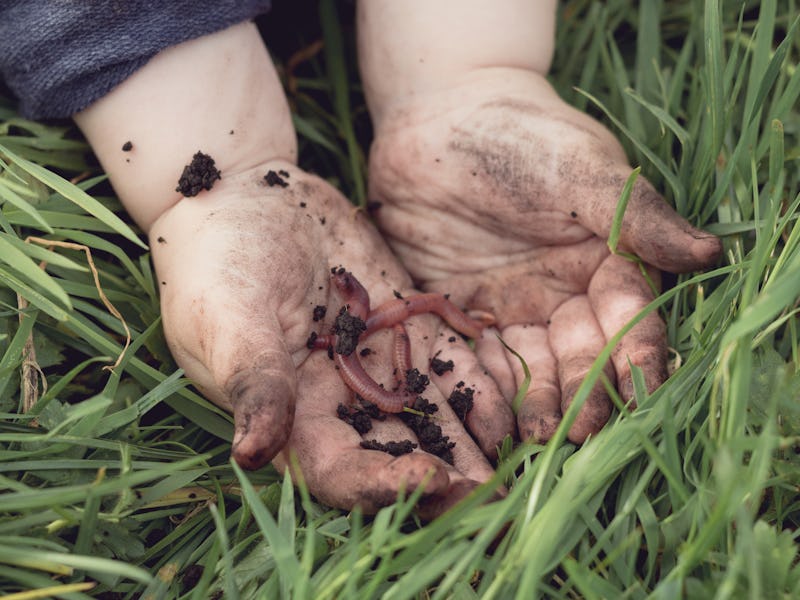555-million-year-old fossil may reveal human’s earliest relatives
It’s a squirmy family reunion.

A new species has claimed the throne of the earliest human ancestor — but on first glance, it is a little hard to recognize as one of our own.
In a new study, researchers describe a 555 million-year-old worm-like specimen, Ikaria wariootia, which they say eventually gave rise to humans and all other bilaterian organisms. These are animals with two symmetrical sides, and openings at each end, connected by a gut. (Just like us!)
The scientists already had an idea of what they were looking for when they discovered the sample is in Nilpena, in South Australia. Fossilized burrows discovered over the last couple of decades indicated a bilaterian worm-like creature was behind them.
“This organism is consistent with predictions that the last ancestor of all bilaterians was simple and small.”
The discovery dates to the Ediacaran Period, which lasted from 635 million to 94 million years ago.
It “represents a rare link between the Ediacaran and the subsequent record of animal life,” the study authors say.
The fossil description was published Monday in the Proceedings of the National Academy of Sciences.
Family portrait
The link between these rather ugly worm creatures and humans is a crucial part of animal evolution. Developing bilateral symmetry allowed our earliest ancestors to arrange their internal organs with a clear in and out point. Worms, insects, dinosaurs, humans: We all share the same fundamental body blueprint.
Evolving to follow a bilateral body plan also allowed Ikaria wariootia to move with purpose. The creature burrowed in sand on the ocean floor, using basic sensory skills to look for organic matter to eat.
Artistic rendering of Ikaria wariootia burrowing.
The discovery marks a milestone for paleontologists in tracing the evolution of animals as we know them. Now, we have unprecedented insight into these tiny burrowers' strange bodies and how they connect to our own.
With the help of laser scans, researchers took a closer look at the burrows made by Ikaria wariootia, identifying tiny oval dents that led them to discovering the organism itself — its barrel-shaped, faintly grooved body in all its glory.
The paper reveals that the creatures were only between 2 and 7 millimeters long. They were also rather chunky, at 1 to 2.5 millimeters wide.
The name Ikaria wariootia represents the creature’s unifying place in history, with the genus Ikaria coming from the word Ikara, or "meeting place" in the Adnyamathanha language. It’s especially poetic for such an unglamorous yet evolutionarily fascinating little worm.
Abstract: Analysis of modern animals and Ediacaran trace fossils predicts that the oldest bilaterians were simple and small. Such organisms would be difficult to recognize in the fossil record, but should have been part of the Ediacara Biota, the earliest preserved macroQ:8 scopic, complex animal communities. Here, we describe Ikaria wariootia gen. et sp. nov. from the Ediacara Member, South Australia, a small, simple organism with anterior/posterior differentiation. We find that the size and morphology of Ikaria match predictions for the progenitor of the trace fossil Helminthoidichnites—indicative of mobility and sediment displacement. In the Ediacara Member, Helminthoidichnites occurs stratigraphically below classic Ediacara body fossils. Together, these suggest that Ikaria represents one of the oldest total group bilaterians identified from South Australia, with little deviation from the characters predicted for their last common ancestor. Further, these trace fossils persist into the Phanerozoic, providing a critical link between Ediacaran and Cambrian animals.